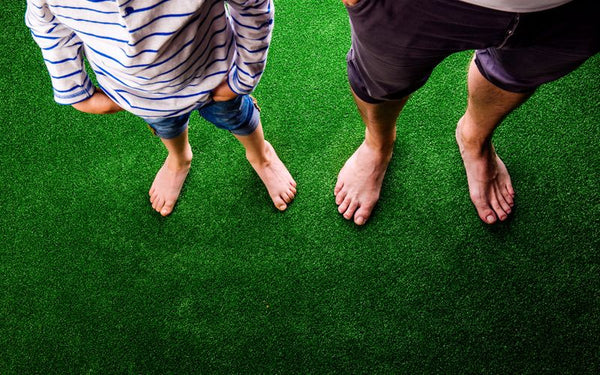Fake turf is an excellent addition to any orchard. It can be used as a substitute for a natural lawn or as a way to perk up a dull courtyard. Either way, you still need to preserve your grass field, even if it’s synthetic. This way, the turf will last up to 20 years.
However, is maintaining your artificial grass enough? The answer is no. There are cases where preserving the lawn is not sufficient.
At the height of spring and summer seasons, several turf problems occur. One of these issues is melting. This damage happens when the grass blades can no longer take the heat. The lawn starts to disintegrate until there’s nothing left.
The question is, what causes your fake turf to melt? Here are the reasons why your lawn is melting.
-
Heat Exposure
The artificial lawn has an extremely high melting point that can reach up to 200oF. However, there are cases where the turf exceeds that limit. This is because of heat exposure.
Heat contact happens in two ways. The first method is if it’s directly applied to the fake turf. If you cook food on top of your lawn, sparks will fly out and fall onto the field. As a result, the blades of your grass will melt.
-
Sun Exposure
The sun supports almost all living things, but it can cause damage. For instance, too much sun exposure can cause sunburn. This is because our skin can no longer take the heat.
The same thing happens to your artificial turf. Too much sun exposure can cause the grass to heat up. Consequently, patchiness appears all over the place. If this occurs, it means your lawn is starting to melt.
-
Window Reflection
This is one of the common reasons why your fake turf is melting. Most houses are now using Low-E windows because of how they can save energy. They trap the cool temperature inside the house and prevent the heat from entering.
But because of this function, the temperature outside your home increases. It creates a strong light, causing the fake grass to heat up. As a result, discolorations appear, an indication that your turf is melting.
How to Protect Your Lawn From Melting
We cannot control these factors as the sun rises every day. However, we can protect our grass from this damage. One way to prevent the turf from thawing out is by providing a shade for your grass. You can plant trees or install awnings and canopies.
Trees can add beauty to your garden. Furthermore, they prevent flooding as they absorb water when there’s heavy rain. However, you have to wait for years before they can protect your synthetic grass from the sun.
Meanwhile, awnings and canopies offer additional space for entertainment. However, the house becomes dark because they block the light from outside.
Thus, the best solution is to put Turf Guard Window Film on your windows. It doesn’t block the natural light, but it reduces glare and absorbs heat. Hence, you will have a healthy-looking fake turf all year. Visit our website and get our products.










